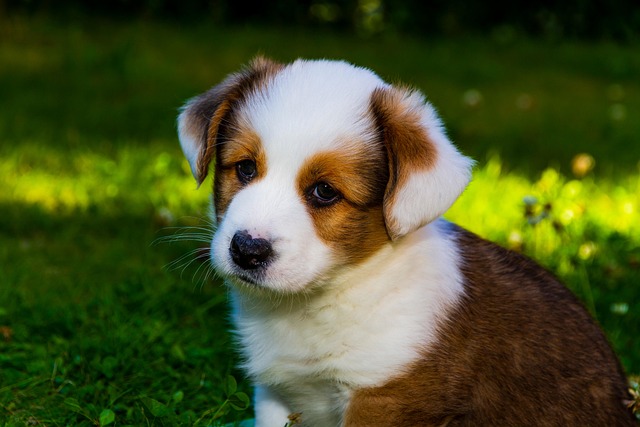
How to clean a dog's eyes
When we look into our dogs' eyes, their bright and lively eyes seem to be able to speak, conveying dependence and trust.
When we decide to take our dog for a spaying or neutering surgery, it is out of long-term consideration for its health and happiness. Spaying or neutering can prevent dogs from suffering due to reproductive system diseases and also make their personalities more docile. However, after the surgery, an important question confronts us: how long do we need to restrict the dog's activity after it has been spayed or neutered?
Although spaying or neutering surgery for dogs is now a relatively common procedure, it is still a significant trauma to the dog's body. During the surgery, the dog's reproductive organs are removed, and a wound will be left on its abdomen. In the initial postoperative period, that is, within 1 to 3 days, the dog's body is extremely weak, and the wound has just been sutured and has not yet begun to heal. At this time, it is crucial to strictly restrict the dog's activity. Because any strenuous movement may cause the wound to open, leading to bleeding or infection. Just imagine the dog whimpering in pain and blood oozing from the wound. What a heart-breaking scene that would be! Therefore, during these days, the dog should be kept quietly in a warm and comfortable kennel, and its walking should be minimized as much as possible. We can gently stroke it to soothe it and let it feel our care.
From 3 to 7 days after the surgery, the wound begins to heal gradually, and scabs start to form. But this does not mean that the dog can move around freely. During this stage, the dog's body is still working hard to repair the damaged tissues, and excessive activity may still affect the healing of the wound and may even cause the stitches to come apart. At this time, the dog may become impatient after staying in the kennel for a long time and want to run, jump, and play. We need to patiently stop it and tell it in a gentle voice that it needs to be patient for a while longer. We can prepare some quiet toys for it, such as soft plush toys, so that it can have something to do without strenuous activity.
 Generally speaking, from 7 to 14 days after the surgery, the wound heals relatively well, and it is time to remove the stitches (if they are absorbable stitches, there is no need to remove them). However, even so, we still cannot completely lift the restriction on the dog's activity. Although the external wound seems to have healed, the internal tissues are still being further repaired, and excessive activity may cause internal bleeding or affect the complete recovery of the tissues. During this stage, we can take the dog for some short-duration and low-intensity walks, such as walking slowly in the community for a few minutes. This can not only allow the dog to breathe fresh air and stretch its muscles and bones but also will not put too much burden on its body. Watching the dog walking slowly in the sun, although its steps are still a bit cautious, it is gradually regaining its vitality, and we will feel gratified.
Generally speaking, from 7 to 14 days after the surgery, the wound heals relatively well, and it is time to remove the stitches (if they are absorbable stitches, there is no need to remove them). However, even so, we still cannot completely lift the restriction on the dog's activity. Although the external wound seems to have healed, the internal tissues are still being further repaired, and excessive activity may cause internal bleeding or affect the complete recovery of the tissues. During this stage, we can take the dog for some short-duration and low-intensity walks, such as walking slowly in the community for a few minutes. This can not only allow the dog to breathe fresh air and stretch its muscles and bones but also will not put too much burden on its body. Watching the dog walking slowly in the sun, although its steps are still a bit cautious, it is gradually regaining its vitality, and we will feel gratified.
For some larger-sized, older, or dogs with poor physical fitness, the recovery time may be longer, and the time for restricting their activity also needs to be extended accordingly. For example, for large dogs, due to their greater body weight, the pressure on the wound caused by postoperative activities is also greater; the physical functions of older dogs decline, and their recovery ability is weaker; and for dogs with poor physical fitness, there may be some potential health problems that affect their postoperative recovery. Therefore, the specific time for restricting activity still needs to follow the veterinarian's advice according to the individual situation of the dog.
There was once a small dog. Three days after its spaying surgery, the owner relaxed the restriction on its activity. The dog ran around excitedly at home, and as a result, the wound opened, and it had to be taken to the hospital for treatment again. This not only made the dog suffer another bout of pain but also made the owner regretful. From this case, we can see that strictly restricting the dog's activity according to the specified time is crucial for its recovery.
Restricting the dog's activity after spaying or neutering is a key link to help it recover smoothly. We should prioritize the dog's health and accompany it through this recovery period with sufficient patience and care. When we see the dog becoming lively and healthy and happy again, we will know that all the efforts we have made before are worthwhile, because the dog's health is our greatest happiness.

When we look into our dogs' eyes, their bright and lively eyes seem to be able to speak, conveying dependence and trust.
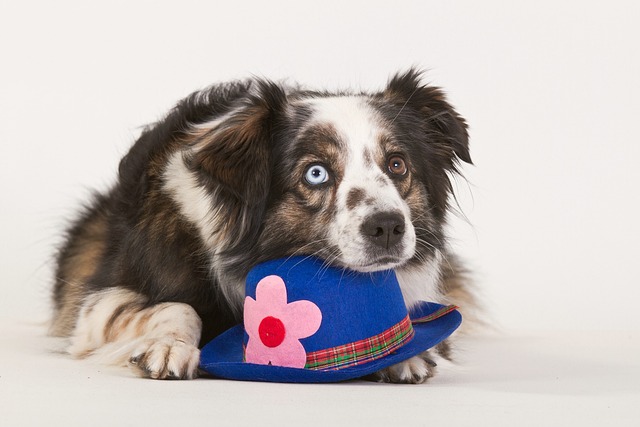
When you come home after a busy day, you open the door and see your dog lying quietly on the floor, wagging its tail and looking at you. The warmth and healing of that moment are the most cherished moments for countless dog owners.
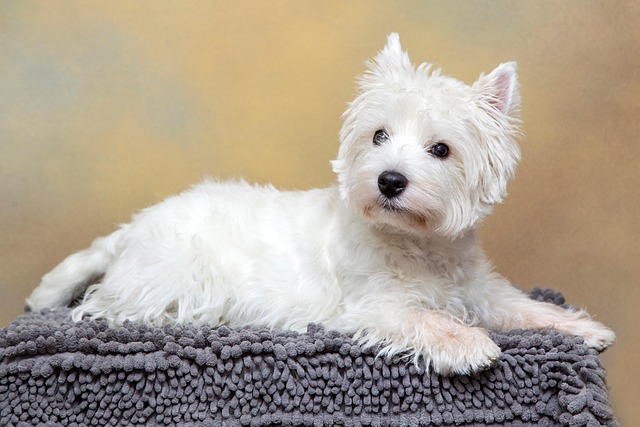
When a dog that is usually lively and active suddenly loses its appetite, becomes listless, or even vomits frequently, every pet owner will be worried that it is intestinal obstruction, a "health killer".
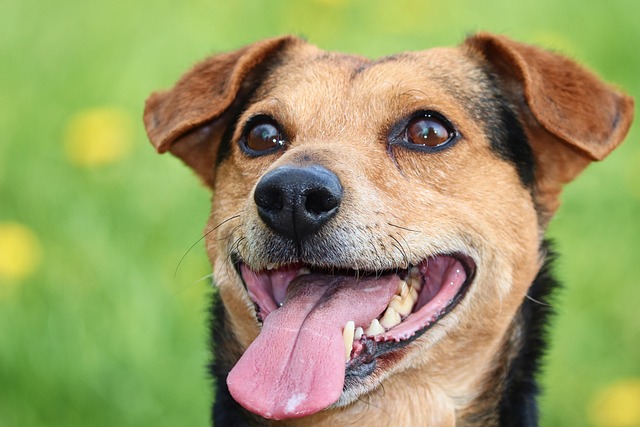
When we caress the furry ears of dogs and enjoy the warm moments of cuddling up with each other, our hearts are filled with happiness.
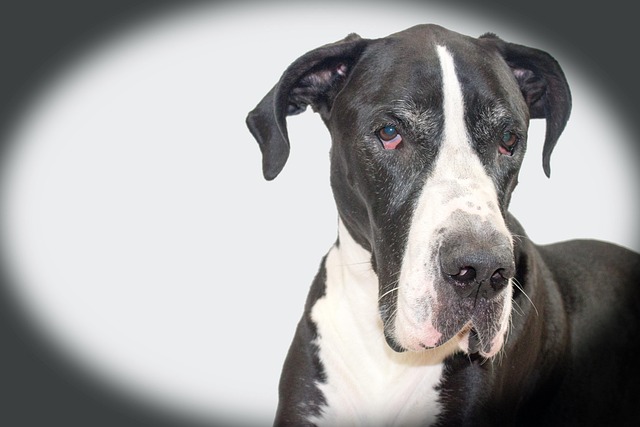
When we see the dog frequently shaking its head, scratching its ears, and even having red and swollen ears with an unpleasant smell,
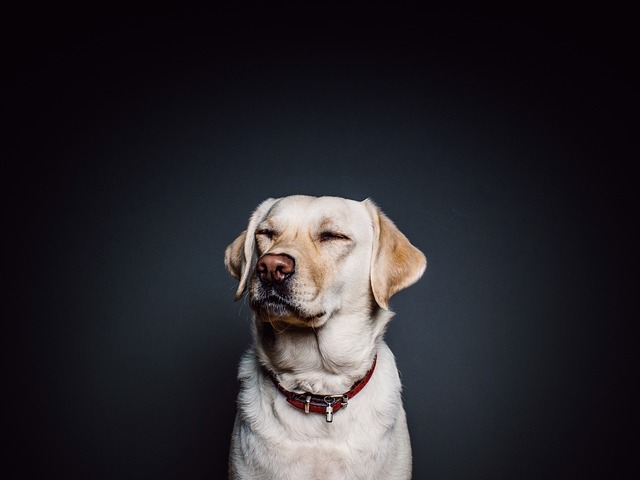
When we pick up the scissors and prepare to trim the hair of our furry babies at home, we are full of expectations and a little nervous. Looking at the trusting eyes of the dogs, we all hope to create a comfortable and beautiful look for them.